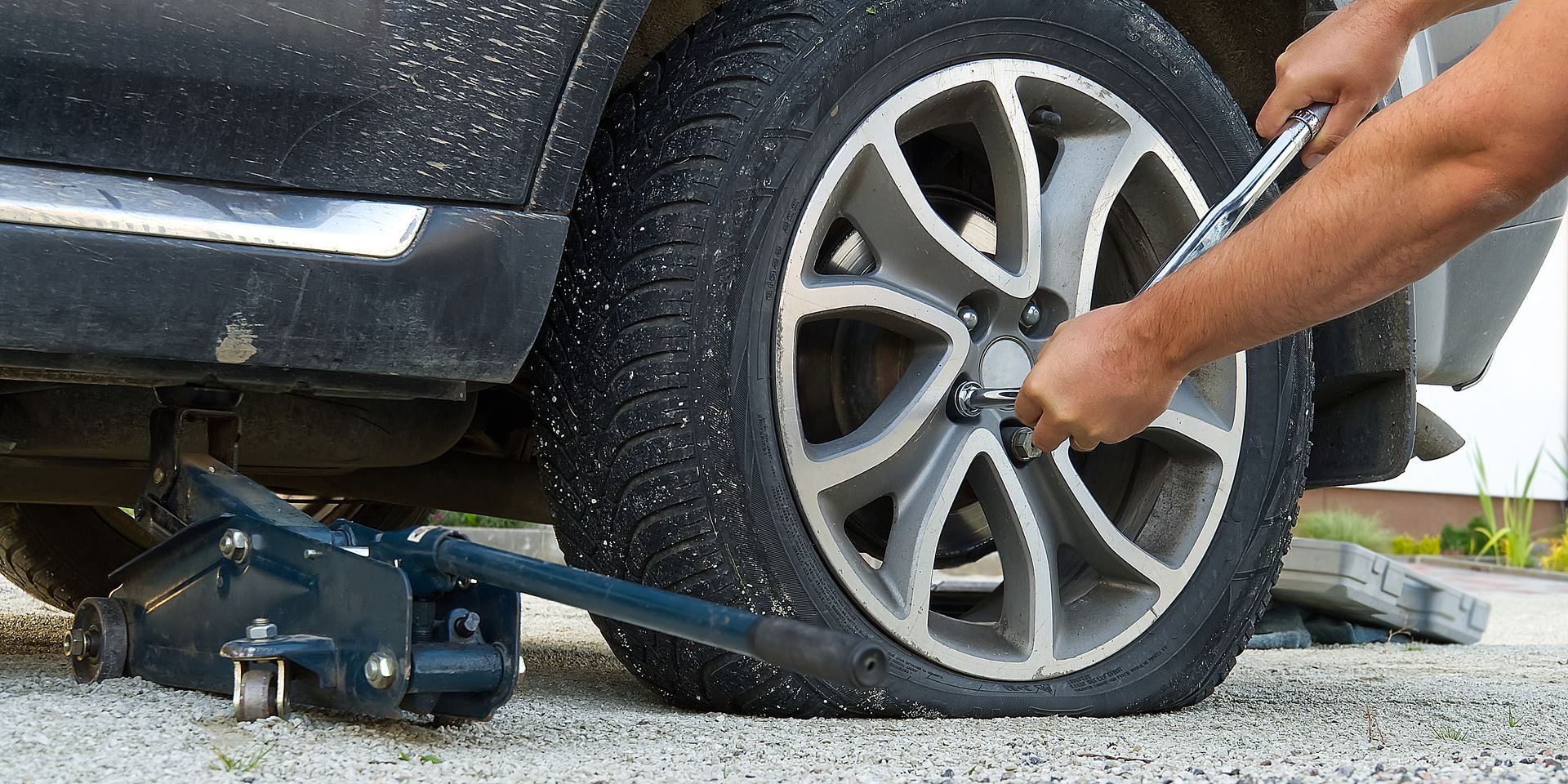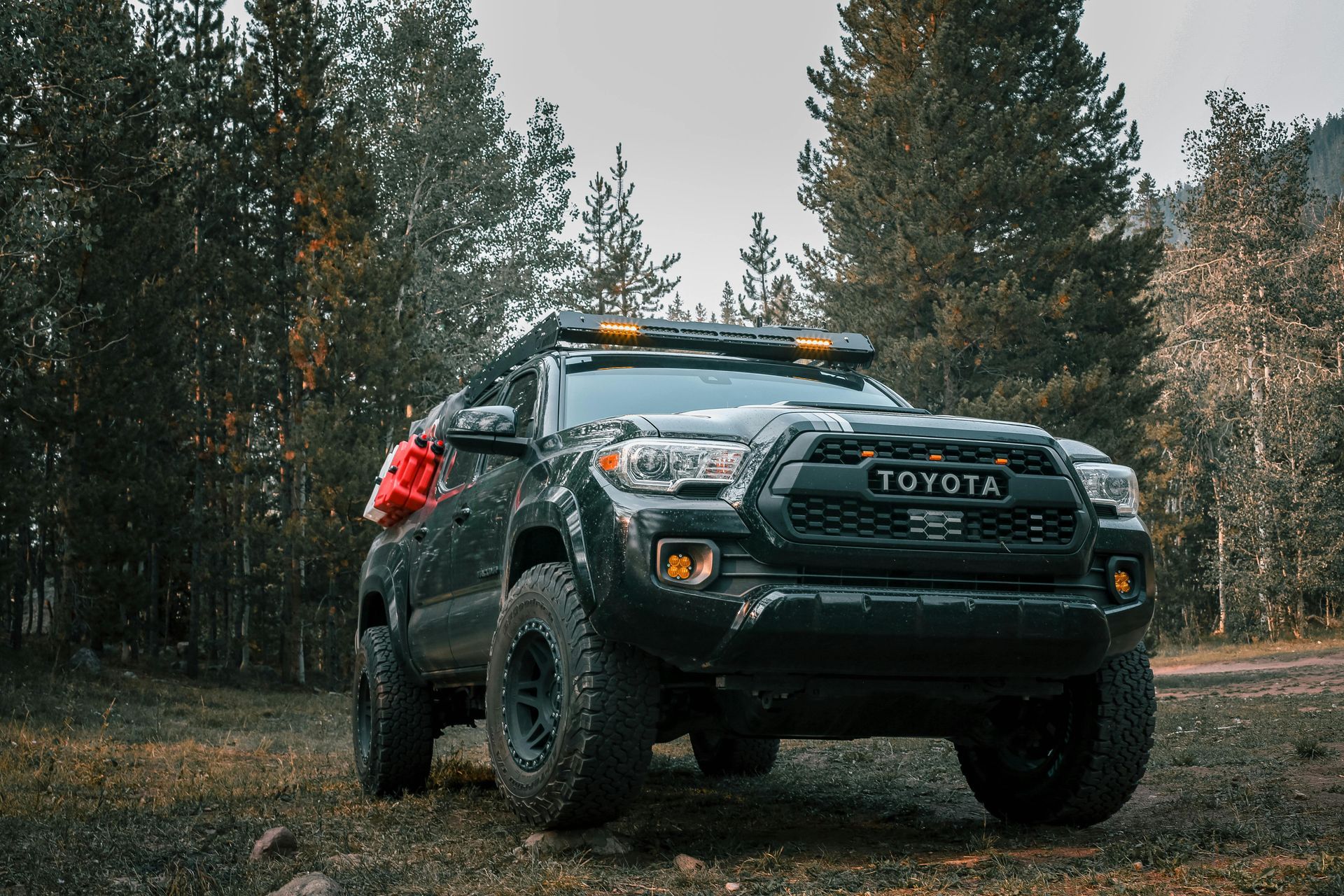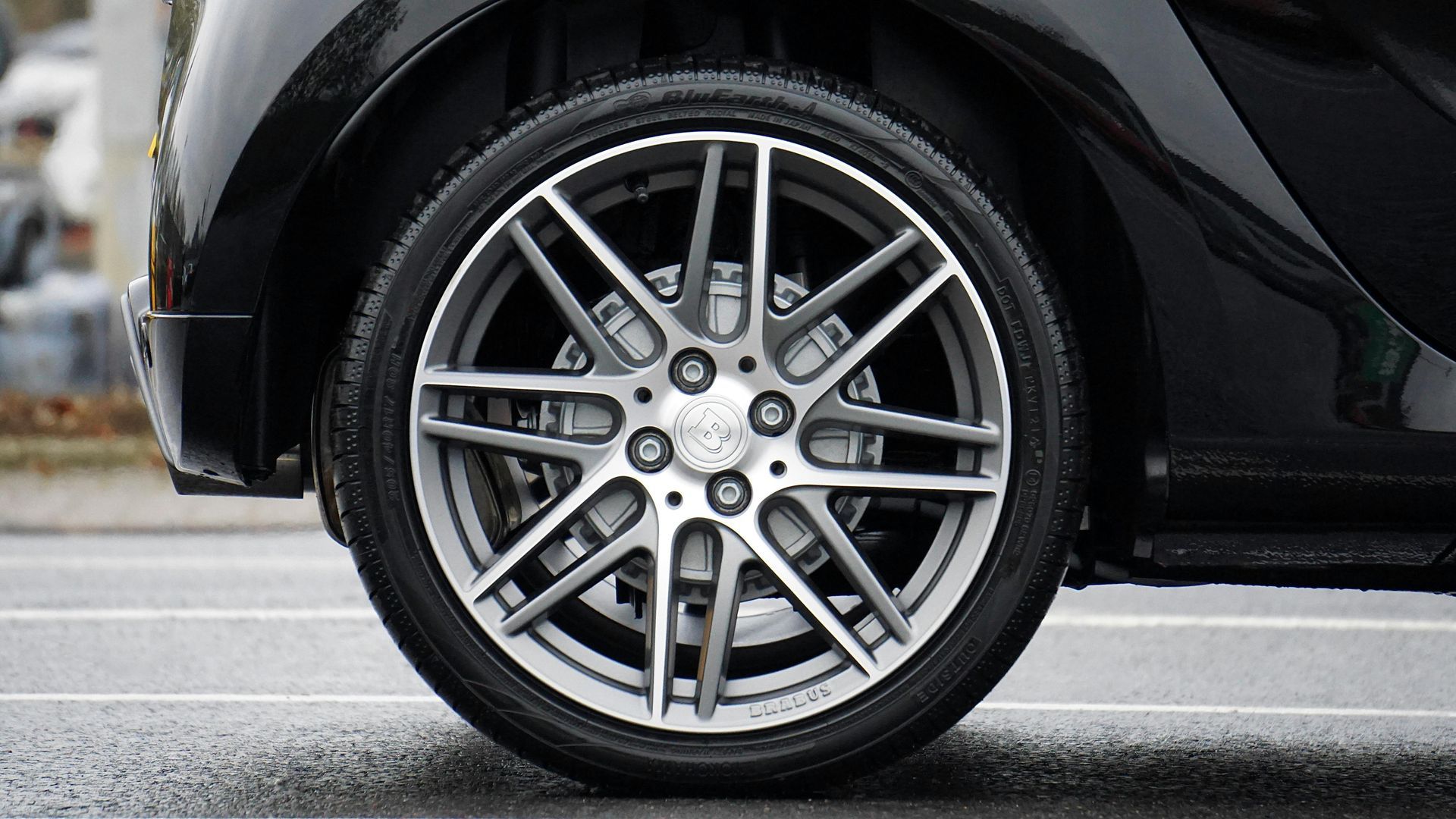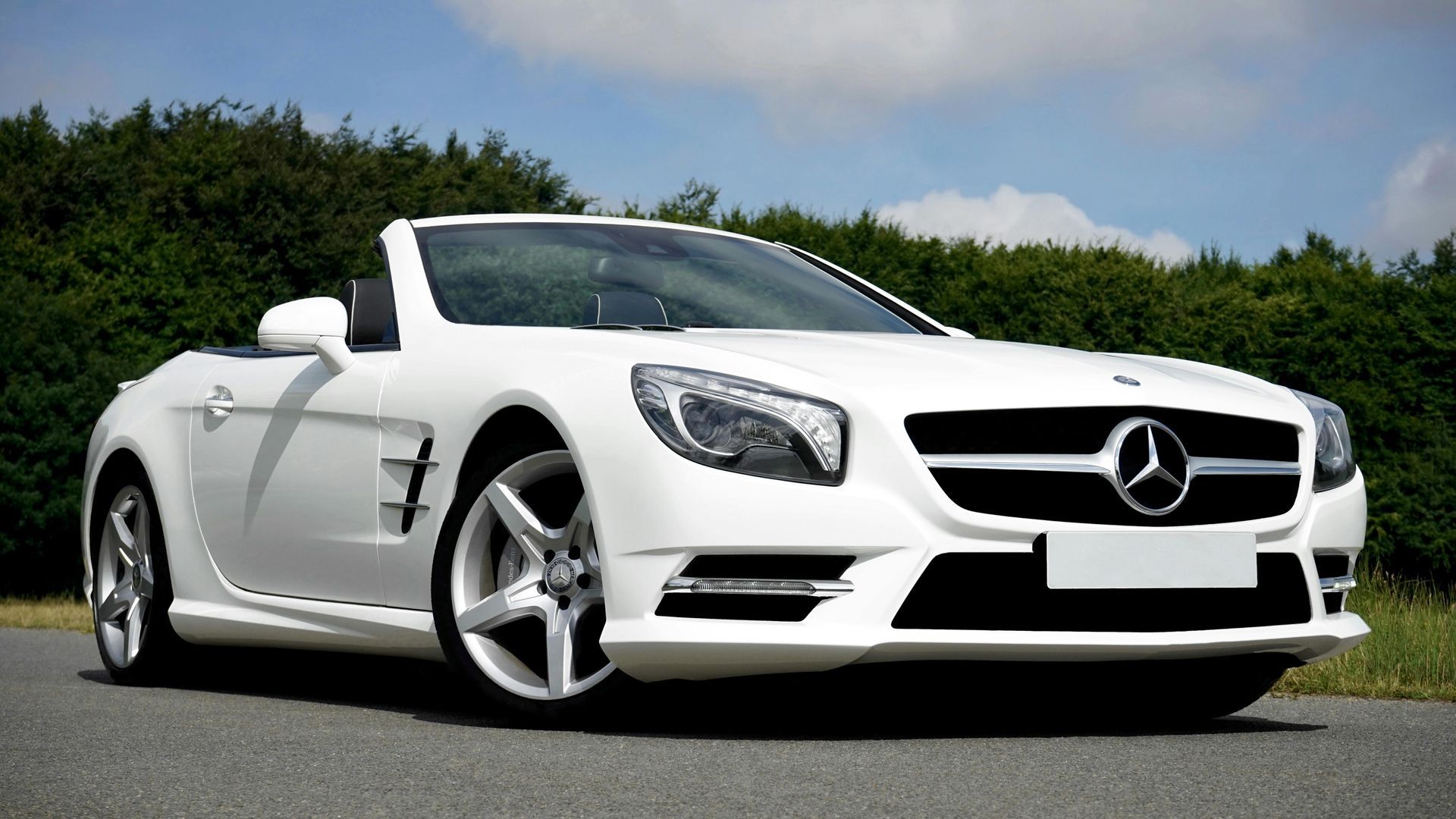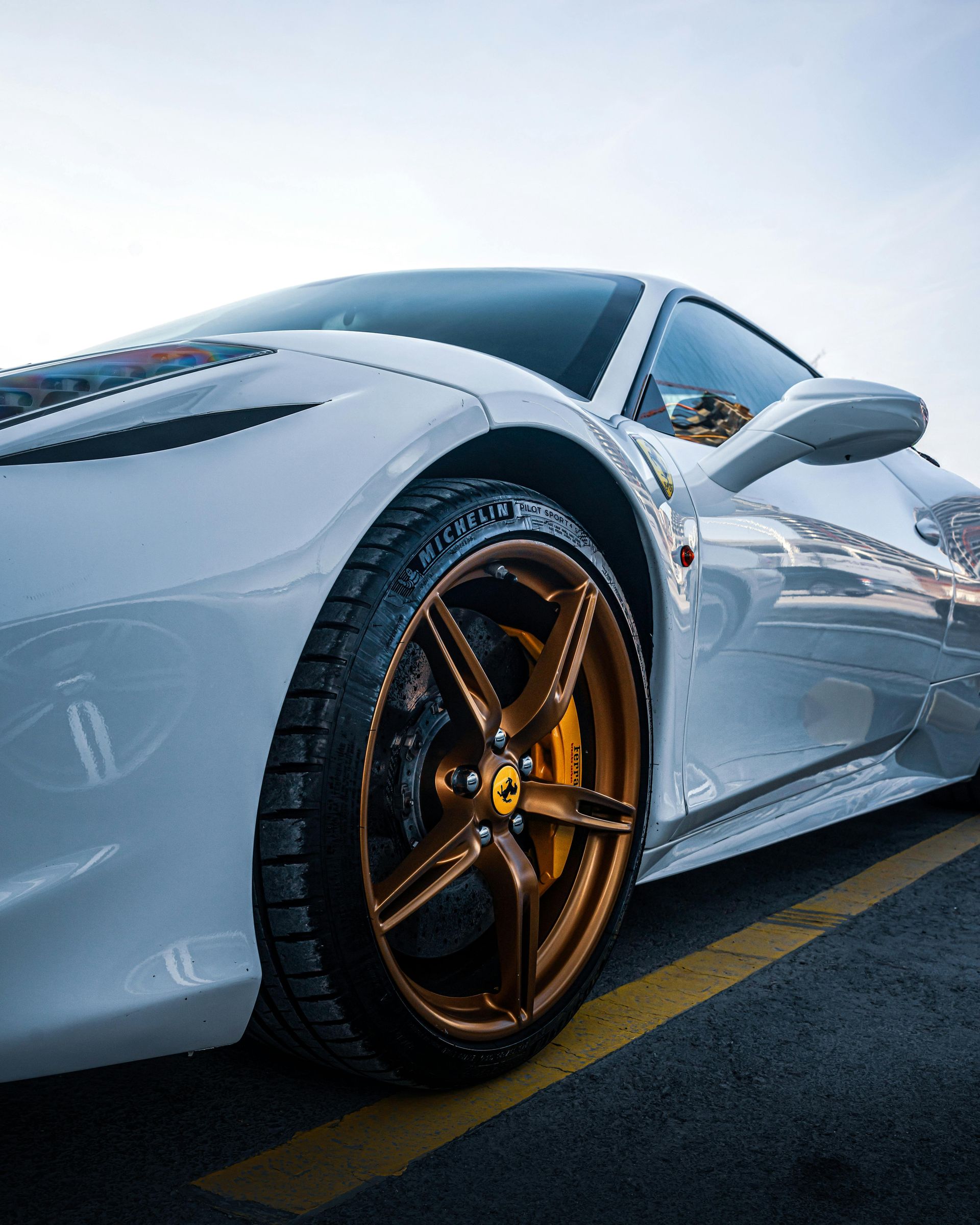The integrity of your tires is crucial when driving. They protect you from the road itself. Sometimes, tire punctures can happen and disrupt a smooth journey. The question is, when is a tire puncture just a small problem, and when is it a big issue? Damage to the sidewall and other serious tire damage can be hidden. These pose big safety risks. The Tire Industry Association (TIA) has guidelines to help. They show what’s a minor issue and what’s a major problem. This article will talk about tire damage that can’t be fixed. We will look at hidden dangers that could affect your trip and safety.
Key Takeaways
- Understanding the limits of tire puncture repair according to TIA guidelines is crucial for vehicle safety.
- Not all tire damage is visible; sidewall damage and internal issues play a critical role in repairability assessments.
- Punctures larger than 1/4” for fabric-ply tires and 3/8” for steel-belted tires are generally deemed irreparable.
- Damages that occur from running a tire flat or from severe underinflation often lead to irreparable tire damage.
- Regular inspections by tire care professionals are vital to diagnose tire damage accurately and ensure road safety.
- Recognizing the signs of sidewall damage, bead damage, and dry rot is essential to prevent driving on compromised tires.
- Proper tire repair and maintenance can extend tire life and prevent costly replacements.
Understanding Tire Repair Limitations
The safety of a vehicle's tires is crucial. Knowing what damages can or cannot be fixed is essential for safety and maintenance. The Tire Industry Association (TIA) sets the standards for repairing tire issues. These guidelines help decide how to fix damages while keeping safety in mind.
The Role of the Tire Industry Association (TIA) Guidelines
The TIA guidelines are vital for professionals fixing tires. They provide clear rules on when a tire can be fixed. The guidelines are strict about the damage size and location. Only damage in the tire's crown area is fixable. For regular tires, the damage must be less than 1/4 inch. For steel-belted tires, it must be less than 3/8 inch.
Key Factors Determining Tire Repairability
Certain factors help decide if a tire can be fixed safely. These include:
- Where the damage is: Size and location matter. Damage to the bead or sidewall often means the tire needs replacing.
- How bad the damage is: Minor punctures may hide bigger, internal issues. If damage reaches the tire's cords, it's time for a new tire.
- What kind of damage it is: Dry rot damage makes tires brittle and cracked and can't be fixed. Such tires need replacing.
- The tire's condition and age: These can also influence if a tire can be repaired. Old or very worn tires might not be suitable for fixing.
Deciding to fix or replace a tire involves all these factors, guided by TIA rules. Consulting a tire repair expert like our team at LugWrench Heroes is key. They can assess these elements to ensure your tire's safety and performance.
Common Types of Irreparable Tire Damage
Many drivers don’t realize how serious some tire damages can be. These issues may lead to unsafe driving or even big tire failures. Damages like those to the sidewall or bead are major concerns. So are the problems from using run-flat tires or dry rot. Each of these can hurt how safe and reliable your tire is. It's essential to know about them for taking good care of your vehicle.
Sidewall and Bead Damage Explained
The sidewall of a tire keeps it stable and flexible, especially during turns or when hitting things on the road. But, damage to the sidewall can really limit these important functions. This type of damage usually comes from hitting potholes, the curb, or road debris. It shows up as cuts, gauges, or bulges and often can't be fixed. Bead damage happens where the tire and rim meet. It can be caused by putting the tire on wrong, taking it off wrong, or not having enough air. This can make the tire lose air and fail.
Dangers of Run-Flat Tire Damage and Dry Rot
Run-flat tires let you keep driving for a bit after a puncture, but only at lower speeds and for a short distance. Still, some drivers go farther than they should. This can cause damage that can't be mended. Dry rot makes the tire weak from too much sun, heat, and ozone. It’s tricky because you can't always see it at first. But it can lead to sudden tire blowouts.
- Sidewall damage and bead damage mess with a tire's vital support, putting driver safety at risk.
- Even though run-flat tires are for emergencies, going too far or too fast on them weakens the tire dangerously.
- Dry rot happens when the tire breaks down chemically, leading to failure without clear warning signs.
Assessing the Extent of Puncture Damage
Determining how much damage a tire puncture has caused is key for safety and the tire's life. The size, place, and type of the puncture matter a lot. They help decide if the tire can be fixed or if it's too damaged and needs replacing. The Tire Industry Association has guidelines to figure this out. It's very important for car owners to know these rules. This knowledge helps keep their tires reliable and working well.
- Size of Puncture: A puncture smaller than 1/4 inch across usually can be fixed, according to the rules.
- Location of Damage: If the puncture is in the tire's main tread area, it might be fixable. But if it's in the sidewall or edge, the tire often can't be saved.
- Number of Punctures: Having lots of punctures close together or opposite each other weakens the tire too much. It might be too risky to try fixing it.
Evaluating these elements helps tell if the puncture is small and fixable or big and means the tire must be replaced. Always check with a tire expert who can look at the damage closely. They can tell you the best way to make sure your car stays safe to drive. If fixing the puncture is not safe, getting a new tire quickly is crucial for keeping your drive smooth and safe.
What tire damage Cannot be repaired?
Tire safety is very important, but not all tire damage can be fixed. Some damages are too severe for a safe repair.
- Tire punctures that exceed the TIA's size limit can't be fixed. If the hole is bigger than 1/4" for regular tires or 3/8" for steel-belted ones, it's too big to mend.
- Sidewall damage is a serious problem. The sidewall bends a lot and takes on much of the tire's stress. Any harm here can't be fixed and affects the tire's safety and strength.
- Bead damage , found on the tire's edge that rests on the rim, often means the tire needs to be replaced. Deformations or harm in this spot are bad news.
- If a run-flat tire gets damaged from being driven while flat or underinflated, it's usually too late to fix because the inside of the tire breaks down.
- Last, dry rot damage shows up as cracks from the tire aging and being out in the weather too much. This means the tire is too stiff and not safe to repair.
With these issues, it's important for car owners to be careful. Knowing what damage means a tire can't be fixed is key to keeping roads safe. If you find such damage, the best and most times the only thing to do is get a new tire.
The Consequences of Improper Tire Repair
Maintaining tire safety is critical, and following proper repair standards is a must. Using wrong repair methods can risk your safety and may cause tire failure. Knowing the dangers of poor repair methods helps keep your vehicle safe and lasting longer.
Risks of Using Plugs or Patches Alone
Using only plugs or patches on tires is a common error. These fixes might seem easy but don't fix internal damage. This can weaken the tire. The Tire Industry Association (TIA) and U.S. Tire Manufacturers Association (USTMA) agree that fixes on the tire’s surface aren't enough for certain damages. This can lead to tread separation and even major tire failure.
Why Some Damages Lead to Complete Tire Failure
Some types of damage can cause a tire to fail completely. Damage to the sidewall or bead is serious because these parts are crucial for tire strength. Damage to run-flat tires or from dry rot often means the tire must be replaced. Ignoring these problems can result in worse fuel efficiency and even tire blowouts, highlighting the importance of proper tire care and expert repair.
Conclusion
Understanding what tire damage can't be fixed is crucial for safe driving. It's key to follow the rules from the Tire Industry Association (TIA) and the U.S. Tire Manufacturers Association (USTMA). Knowing the severe issues like sidewall and bead damage is important for every driver.
Dry rot is sneaky and can weaken a tire without you noticing. That's why checking your tires regularly with a pro is a must. If the damage is anywhere but the tire's top, then swapping the tire is the only safe choice. This makes sure dangerously damaged tires don't cause accidents.
Good tire health is vital for a car to perform safely. Damage like bead issues, run-flat wear, or dry rot means a tire can't be fixed. Choosing to replace a damaged tire ensures your car stays safe and efficient. This way, drivers are sure their tires meet safety standards and can be relied on every day.
